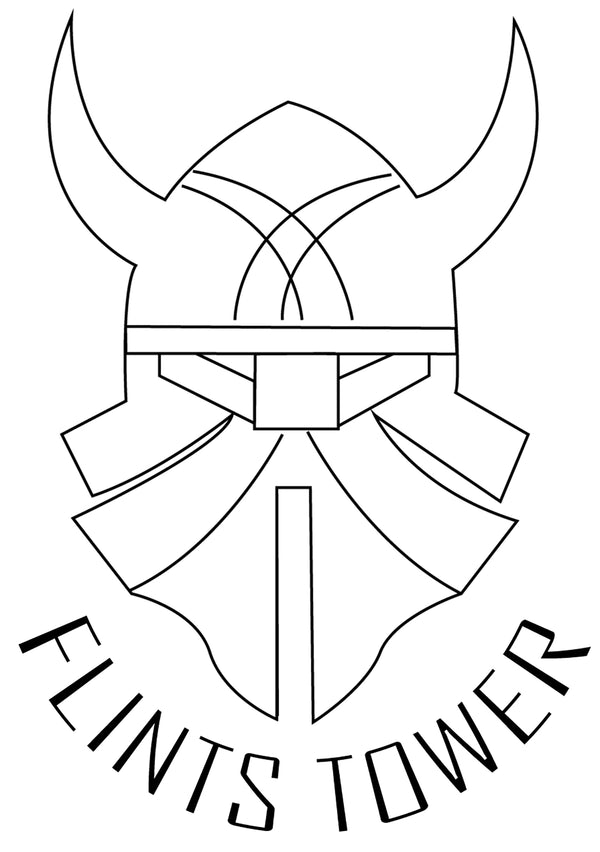AllRoleplaying.com
Ships Signed by Martin Wallace Warfrog/Treefrog 2016
Ships Signed by Martin Wallace Warfrog/Treefrog 2016
Couldn't load pickup availability
Ships Signed by Martin Wallace Warfrog/Treefrog 2016
Ships follows on from Automobile and deals with the history of shipping, from the time of the Phoenicians to the modern era.
The game is divided into three ages, marked with different ship types. The first age is that of the galley, followed by the age of the galleon, then finally the steamship age. The board combines a track showing the development of ships, similar to that in Automobile with a map of Europe. There is also an area around the European map that represents the rest of the world.
Your turn is divided into two phases. In the first phase you must choose between commerce and taking a card. Commerce allows you to sell goods, tax locations and improve your warehouse. If you choose to take a card then you select one from seven on display. The cards vary in their effects, granting money, victory points or special actions. In the second phase you choose whether to place a ship, move a ship or retrieve ships/merchants. When you place a ship you do so in the highest occupied level. There are eleven levels in all, each one divided into two boxes – the merchant box and the warship box. Placing one of your ships in the merchant box allows you to place a merchant cube on the board. Where you place it will give you one or two goods counters which you then place in your warehouse. If you place your ship in a warship box you can take control of a location, but must expend one food goods counter to do so.
Once all of your ships are on the board you can move them instead of placing them. You pay an amount of money to move one ship up one level and take the associated action. Alternatively you can retrieve ships to allow you to place them in later turns. The advantage of moving a ship is that it saves you the action of retrieving a ship. During the Galleon and Steamship ages you can pay extra to move more ships, thus generating a feel of greater flexibility as the game develops. Having money in hand gives you a greater range of options and allows you to use your pieces in a more efficient manner.
As ships are placed in a level the cost of placing in the next level reduces, until somebody is willing to pay the cost to place in that level (which earns bonus points and possible additional income). At some point somebody will place in the first galleon level, which makes galleys redundant. Later on somebody will place in the first steamship level, making galleons redundant.
The main map also works as a type of track. To begin with you can only place in ‘1’ locations, which are grouped around the eastern Mediterranean. At some point somebody will pay the cost to move to a ‘2’ location, which are grouped around the western Mediterranean. Northern Europe is area ‘3’, while the Americas, East Indies and the Pacific are areas ‘4’, ‘5’, and ‘6’. Players' cubes gradually spread across the board as new areas are opened up. As soon as a new area is opened up players score points for the present area. You score for merchants and control discs in the area, the points being the same as the number of the area. Consequently, later areas are worth more points than earlier ones.
There are six types of goods; food, oil, metal, wine, cloth and spices. Each has a monetary value as well as some special power. Food can also be used to take control of locations, thus building an empire. Oil can be used to gain extra actions. Metal helps to advance your ships along the outer track. Wine can be converted to goods of a lower value. Cloth can be converted to victory points, while spices have the highest monetary value. You have to decide whether you wish to cash your goods in for money or use their power.
The rules for Ships are actually shorter than those for Automobile but I feel that there is more going on in this game. You need to decide which goods to go for, which is not simply based on their monetary value. You also need to balance taking cards with income. You need to manage how your ships move up the track, as leaving too many in lowly positions will gift additional income to other players and possibly cost you victory points. You need to be careful with your merchant cubes as once they are all placed you will need to expend an action to retrieve some of them. This leaves ample room for different strategies.
The game plays with two to five players and should take around two hours to complete. If you like the more involved economic game with a minimum amount of luck then you will enjoy Ships.
Share






